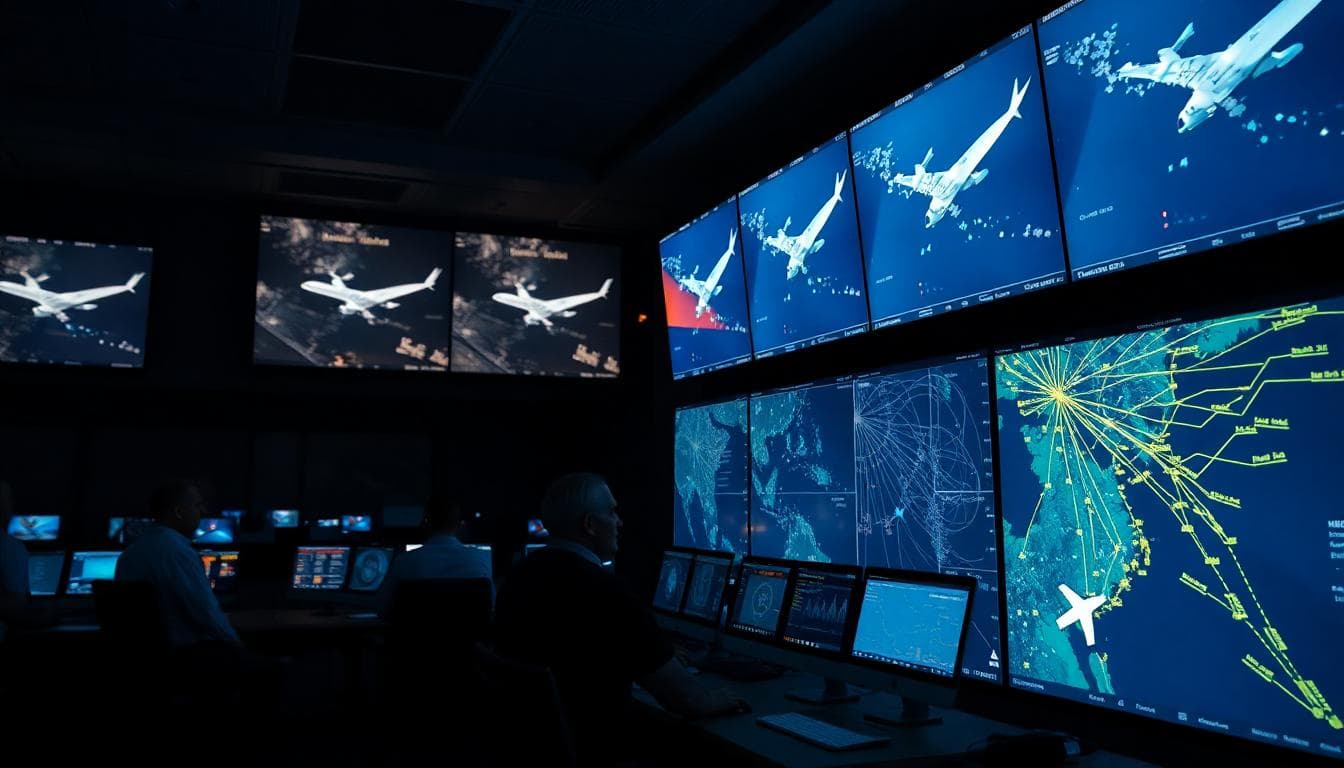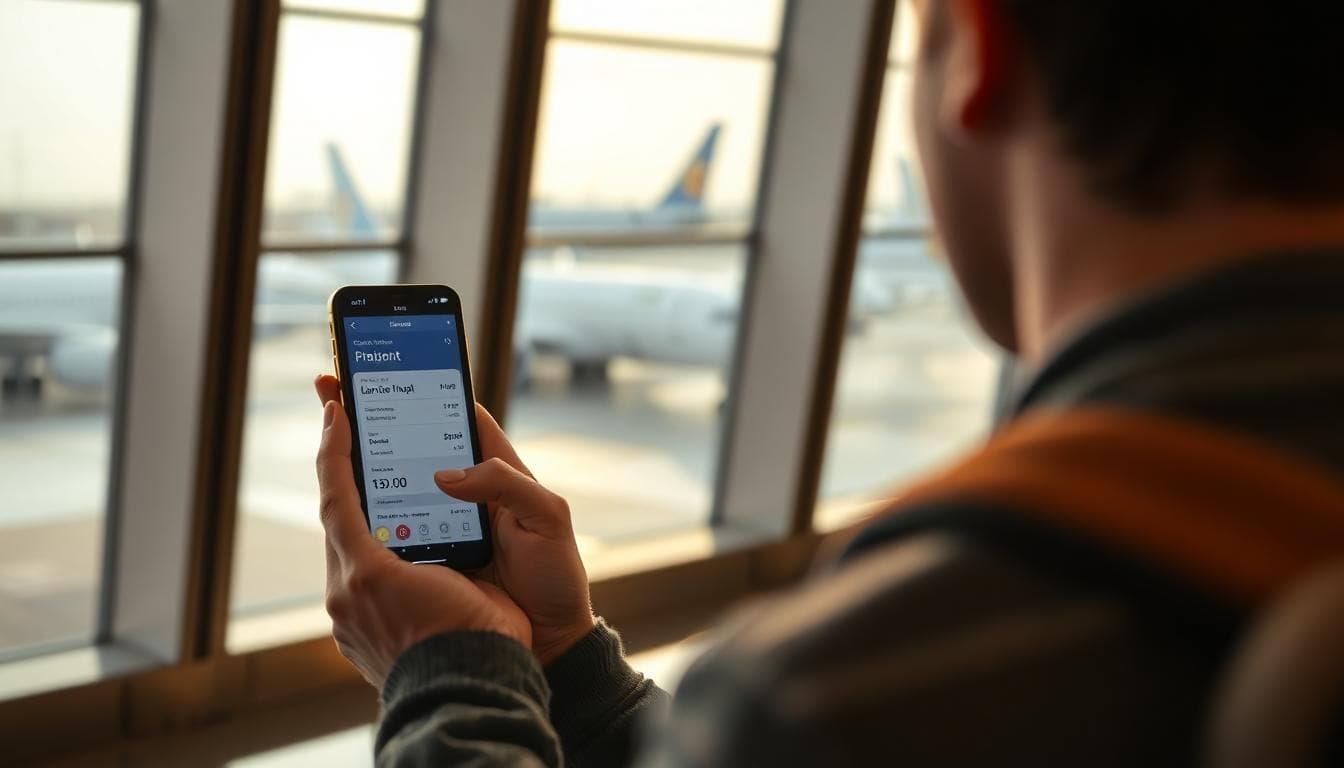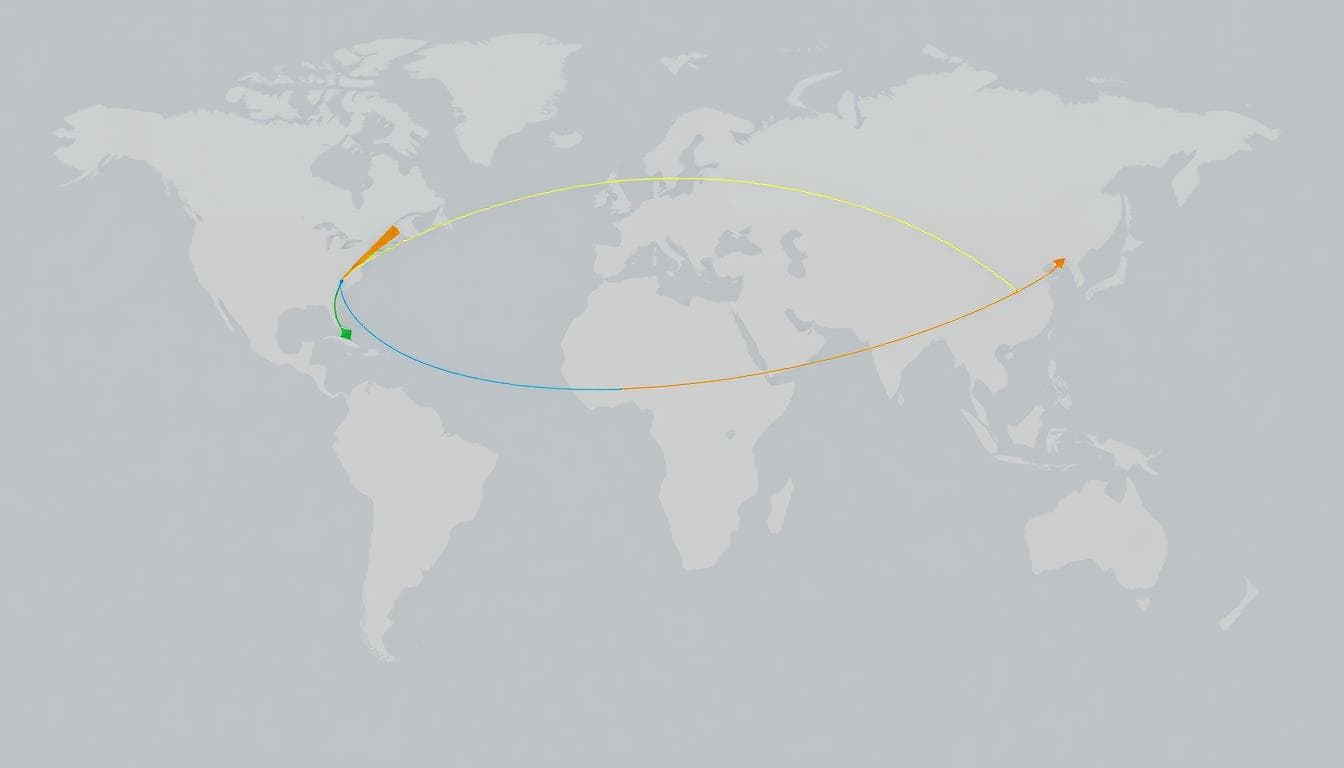The U.S. government has proposed a new rule that would bar Chinese passenger airlines from flying over Russian airspace on routes to and from the United States. Supporters say the move levels the playing field for American carriers, which have avoided Russia since 2022. Critics warn it could raise fares, lengthen flight times, and escalate trade tensions between Washington and Beijing.
What the proposal says
Under the draft order, Chinese passenger airlines operating to and from the United States would be prohibited from routing flights through Russian airspace. The rule would be applied through foreign air carrier permit conditions. Cargo-only flights are reportedly excluded for now, reflecting the different competitive dynamics in freight and potential supply chain concerns.
American airlines have complained for years that access to Russian airspace gives Chinese carriers a major advantage. Shorter routes mean lower fuel burn, faster block times, and better aircraft utilization. With U.S. airlines detouring around Russia since the invasion of Ukraine, the competitive gap has widened on key Asia–U.S. city pairs.
Why this matters for travelers
- Flight times: If enacted, Chinese carriers would likely need to reroute around Russia, adding time to certain transpolar and trans-Siberian routes. Expect schedules to shift and aircraft rotations to change.
- Fares and capacity: Longer routes can increase operating costs. Airlines may raise fares or trim capacity on marginal routes. On the flip side, a more level competitive field could stabilize pricing disparities across carriers.
- Connections and reliability: Reroutes can tighten aircraft turnaround times, which sometimes affects on-time performance. Airlines will tweak schedules to protect connections at major hubs.
The industry context
Since 2022, U.S. and many Western carriers have avoided Russian airspace. Chinese carriers have not faced the same restrictions and have used the shorter routes to rebuild international capacity. The competitive effect has been most visible on long-haul routes linking China with North America, where even small time savings compound into meaningful cost advantages.
The proposed U.S. action would primarily affect passenger services by major Chinese airlines serving the U.S. market. Analysts note that Hong Kong-based carriers have taken varied approaches to routing, depending on network needs and geopolitical constraints.
Potential ripple effects
Airlines plan networks months in advance, but they can reoptimize quickly if needed. If this policy moves forward, we could see:
- Schedule adjustments to preserve aircraft and crew efficiency.
- More stopovers on ultra-long routes to manage crew duty and fuel planning.
- Shifts in market share as travel demand responds to new schedules and prices.

Trade tensions in the background
The move arrives amid broader U.S.–China trade friction. Policymakers argue aviation rules should reflect fair competition standards, while business groups often caution that tit-for-tat measures can raise costs for consumers and reduce connectivity. Aviation has historically been sensitive to geopolitics, from overflight rights to aircraft orders and maintenance approvals.
What happens next
Proposals like this typically go through a comment and review period before any final order. During that time, airlines, trade groups, and foreign governments can respond. Regulators will weigh competitive fairness against consumer impact, diplomatic considerations, and safety or operational concerns.
What travelers can do now
- Check schedules: If you have travel between the U.S. and China in the next few months, monitor your airline app or email for schedule changes.
- Book with flexibility: Choose fares that allow changes, or use points for more flexible rebooking options.
- Compare total journey time: If reroutes take effect, connection quality and aircraft type may matter more than before.

The U.S. proposal aims to remove what American carriers see as an uneven advantage enjoyed by Chinese passenger airlines using Russian airspace on U.S. routes. If adopted, rerouting could add time and cost to select flights, potentially nudging fares and schedules. Expect a period of industry feedback and diplomacy before any final rule. For travelers, the practical advice is simple: stay flexible, monitor your bookings, and compare options as schedules shift.
To contact us click Here .

